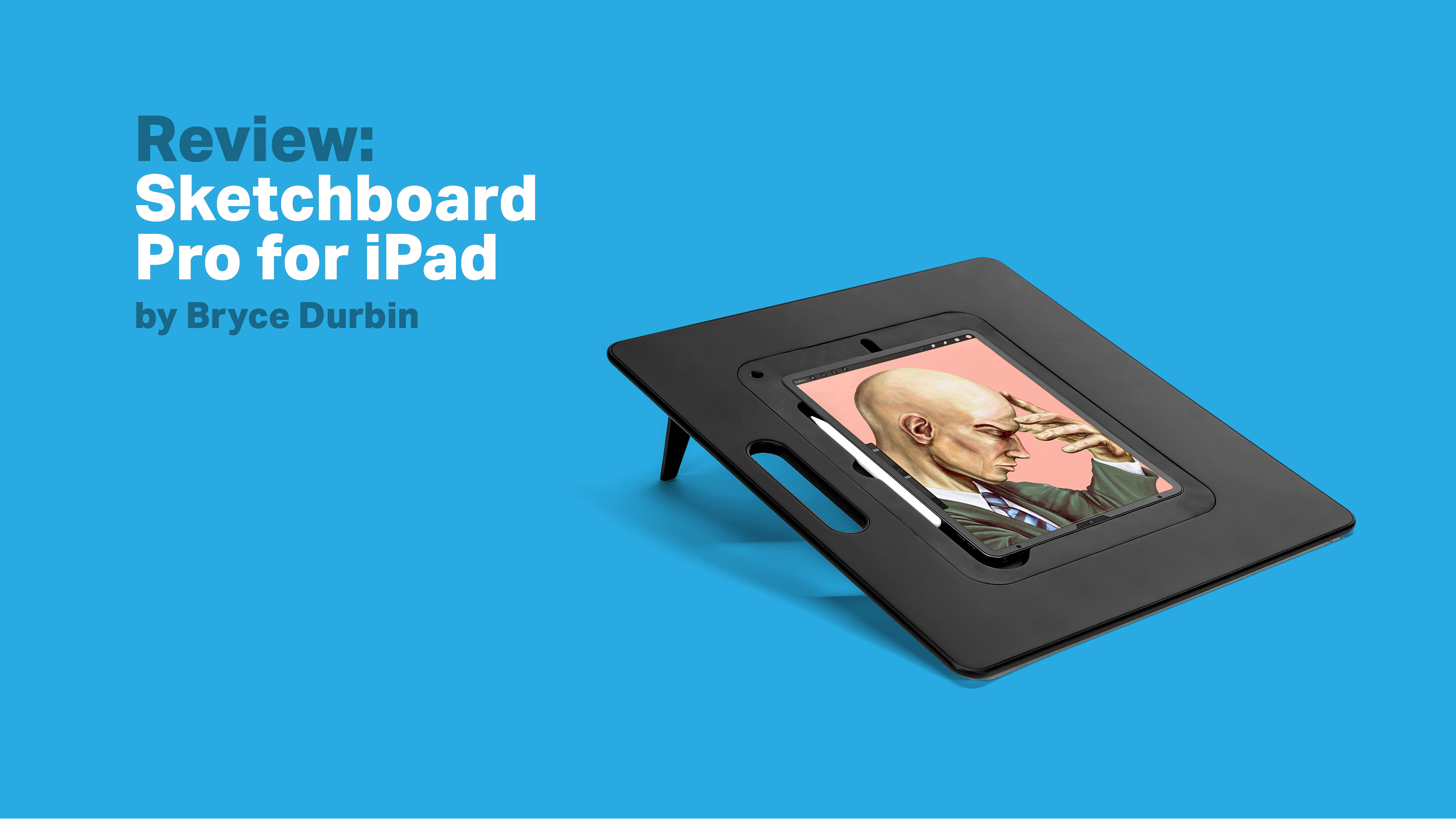Planet 13 is the world’s largest cannabis dispensary. Located in Las Vegas, blocks off the Strip, the facility is the size of a small Walmart. By design, it’s hard to miss. Planet 13 is upending the dispensary model. It’s big, loud and visitors are encouraged to photograph everything. As part of the cannabis industry, Planet 13 is heavily restricted on the type of content it can publish on Instagram, Facebook and other social media platforms. It’s not allowed to post pictures of buds or vapes on some sites. It can’t talk about pricing or product selection on others. View this post on Instagram A post shared by Morgan Celeste SF Blogger (@bayareabeautyblogger) on Jan 25, 2020 at 7:54pm PST Instead, Planet 13 encourages its thousands of visitors to take photos and videos. Starting with the entrance, the facility is full of surprises tailored for the ‘gram. As a business, Planet 13’s social media content is heavily restricted a...

![[text] The Sketchboard Pro is an iPad stand designed for artists. It’s compatible with over 30 sizes of iPad. It retails for $119. There are spots for placing an Apple Pencil upright or connected to the iPad for charging as well as openings for the camera and power cable. The iPad fits snugly so the entire surface is flat. [image: Three views of the Sketchboard Pro from overhead, one empty, one with an iPad being inserted as well as a power cord and one with an iPad in place.]](https://techcrunch.com/wp-content/uploads/2020/11/sketchboard-pro-review-02.jpg)
![[text] There are four pop-out legs on the back so the board can stand (with two legs at a time) at an angle in any direction. The board measures 19.5 x 17 inches (49.5 x 43.2 cm). [image: two back views of the Sketchboard Pro, one with legs collapsed and one with legs out.]](https://techcrunch.com/wp-content/uploads/2020/11/sketchboard-pro-review-03.jpg)
![[text] The Sketchboard Pro sits at a 20 degree angle and weighs 4.5 lbs (about 2 kg). It can also stand upright like an easel, but I found this position to be less stable. [image: side views of the Sketchboard Pro to demonstrate a 20 degree angle]](https://techcrunch.com/wp-content/uploads/2020/11/sketchboard-pro-review-04.jpg)
![[text] I tested the Sketchboard Pro with a 12.9” iPad (2019). Combined, they weighed about 5.6 lbs (2.54 kg). I found the board easy to use at a desk or table, but more cumbersome in casual settings such as a couch. [image: illustrations of holding the Sketchboard Pro by the handle and sitting and drawing]](https://techcrunch.com/wp-content/uploads/2020/11/sketchboard-pro-review-05.jpg)
![[text] The Sketchboard Pro is a handy accessory for artists who work extensively on the iPad. I’d recommend it if you’re looking for a digital drawing setup to mimic a traditional drafting table and hoping to save your posture. [image: an illustration of the Sketchboard Pro]](https://techcrunch.com/wp-content/uploads/2020/11/sketchboard-pro-review-06.jpg)
Comments
Post a Comment